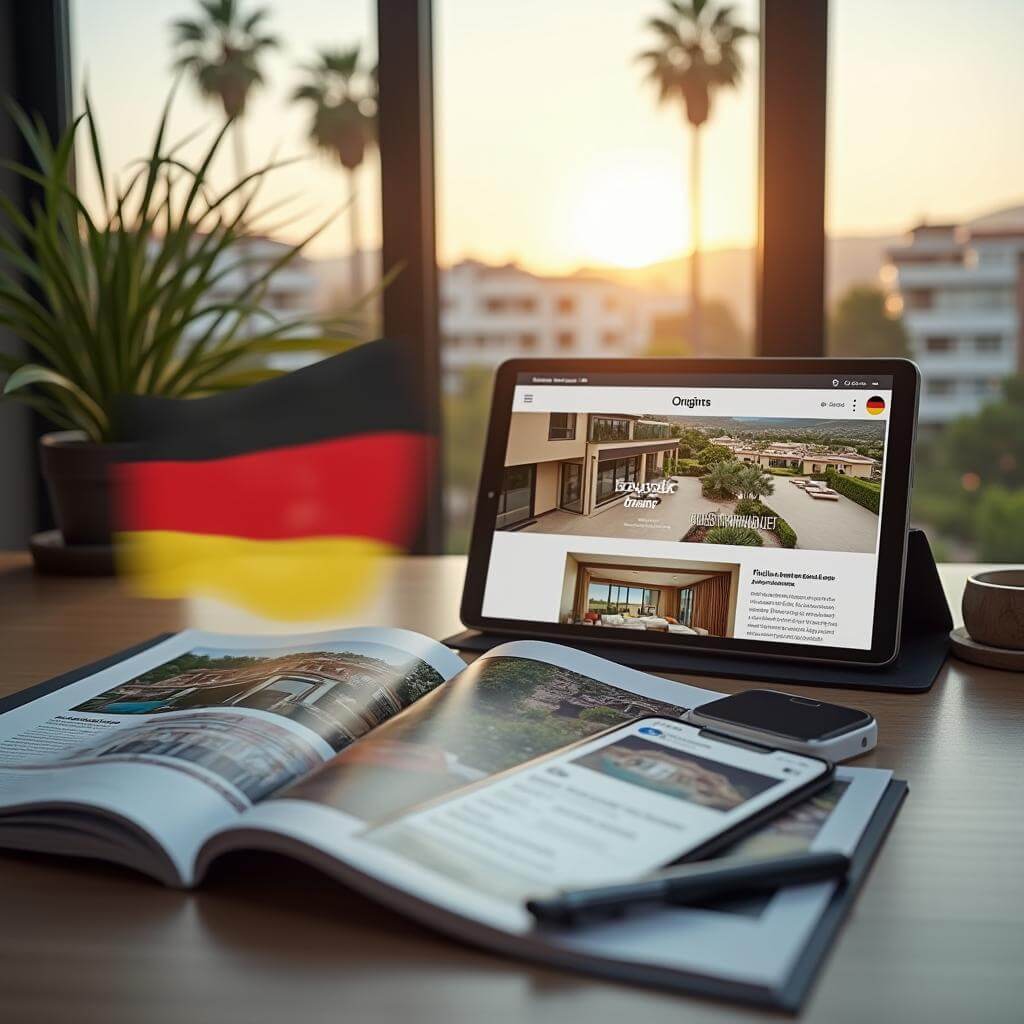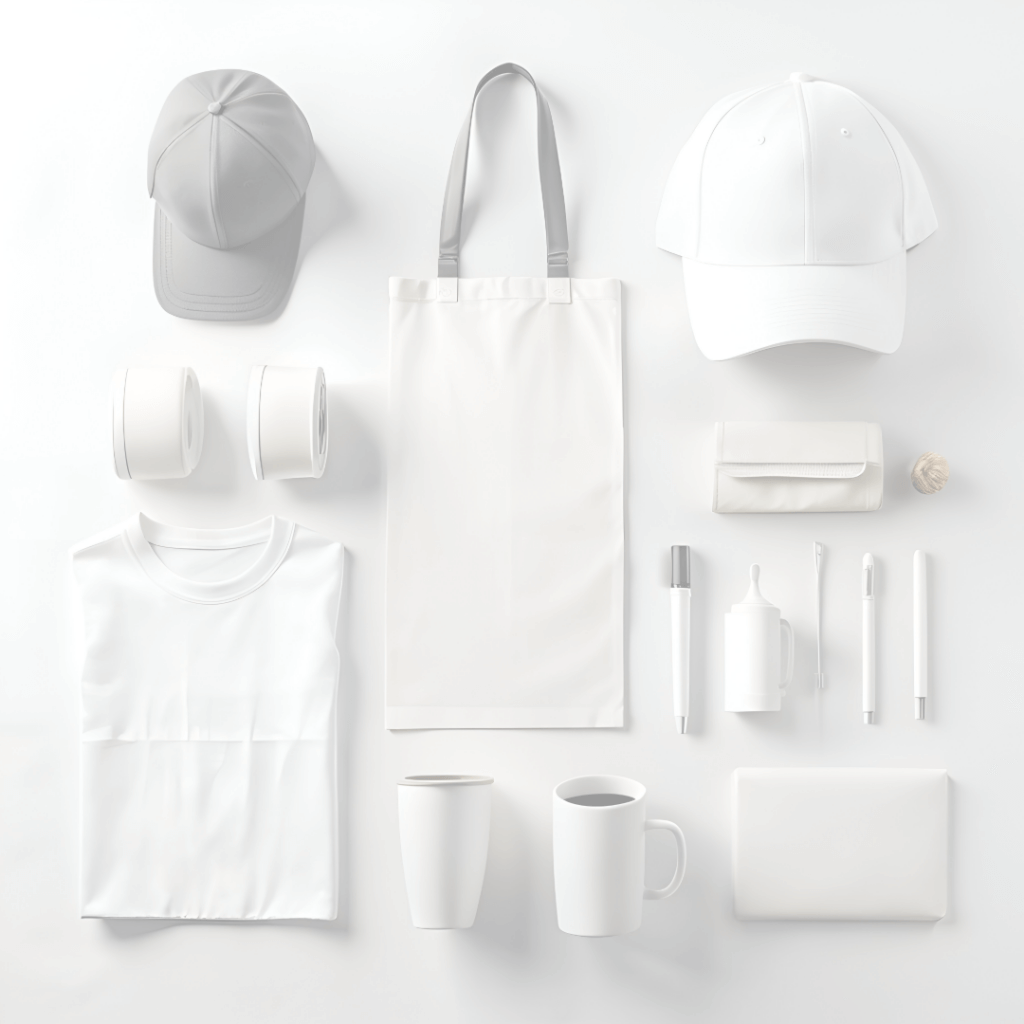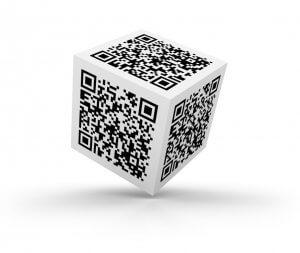🌟 Introduction to Time-Lapse Videos for Construction Marketing 🌟
🎥 Time-lapse videos have become one of the most effective tools in modern marketing, especially in the construction and real estate industries. These videos allow you to capture and showcase a project’s progress in a visually impactful way, transforming complex and lengthy processes into engaging content that viewers can enjoy in just a few minutes. By highlighting every stage of a project—from the foundation to the finishing touches—time-lapse videos provide developers and construction companies the opportunity to tell a powerful visual story that connects with investors, buyers, and other stakeholders.
Additionally, time-lapse videos are not just a technical demonstration; they also reflect the effort, quality, and attention to detail that goes into every project. In a world where visual content dominates the marketing landscape, time-lapse videos stand out as a dynamic tool that attracts both local and international audiences.
🌞 In coastal areas like Costa del Sol, globally recognized for its stunning landscapes and luxury property market, time-lapse videos take on a special significance. They not only capture the physical progress of projects but also highlight the natural beauty surrounding them, integrating visual elements that enhance the content’s appeal. For developers looking to stand out in this competitive market, a well-executed time-lapse video can make the difference between attracting potential investors or missing valuable opportunities.
📜 A Brief History of Time-Lapse
📸 The art of time-lapse photography has its roots in the 19th century when pioneers like Eadweard Muybridge explored new ways to capture movement through consecutive still images. His famous work with moving horses not only laid the foundation for stop-motion techniques but also marked the beginning of an era where time and imagery intertwined to tell innovative stories.
Over the decades, time-lapse photography and videography evolved, finding applications in scientific documentation—such as plant growth or star movement—and later in artistic expression. This technique offered viewers a unique perspective on the passage of time, showcasing phenomena impossible to perceive with the naked eye.
🚀 In the 21st century, with advances in digital cameras, drones, and editing software, time-lapse has become an essential tool in marketing, particularly in sectors like construction and real estate. In cities and competitive markets such as Marbella, this technique has transformed into an invaluable medium for communicating progress, quality, and professionalism, allowing developers to stand out from the competition.
🎯 Why Time-Lapse Videos Are Effective
1️⃣ Capture Attention
Time-lapse videos condense extended processes into dynamic clips that are visually appealing and easy to consume. This format captures and retains viewers’ attention, even in a digital environment saturated with content.
2️⃣ Build Trust
Showing the complete construction process, from inception to the final result, conveys transparency. This builds trust with clients, who value clarity regarding project timelines and the quality of materials and finishes used.
3️⃣ Stand Out in the Market
In highly competitive markets like Marbella, where real estate developments are abundant, time-lapse videos serve as a differentiating tool. They allow developers to showcase their projects by presenting a level of detail and dedication that is hard to match with other formats.
4️⃣ Tell Visual Stories
A time-lapse video not only documents progress but also creates a unique visual narrative. This technique allows viewers to experience a project’s transformation within its surroundings, which is especially powerful in picturesque regions like Costa del Sol.
🌴 Benefits for Projects in Costa del Sol
✔️ Increased Visibility
Sharing every stage of development through a time-lapse video significantly boosts a project’s visibility. This content not only attracts potential buyers but also generates interest on digital platforms like Instagram, YouTube, and LinkedIn, maximizing brand reach.
✔️ Attract Investors and Buyers
A well-executed time-lapse video showcases the effort, planning, and commitment behind each phase of the project, helping to increase investor confidence and convince buyers that they are acquiring a quality property.
✔️ Clear Documentation
For large-scale projects, time-lapse videos provide an efficient way to keep stakeholders informed, including international investors, without requiring site visits. This visual record can be reviewed at any time, offering a clear perspective on progress.
✔️ Strengthen Brand Image
Using time-lapse videos in digital marketing campaigns enhances brand perception by demonstrating professionalism and attention to detail. Incorporating these videos into social media or websites not only increases public interaction but also positions the company as innovative and reliable.
⚙️ How to Set Up a Time-Lapse Video
1️⃣ Planning
Before starting, it is essential to define the video’s objectives, key milestones, and project timeline. This initial planning will ensure that every important phase is effectively captured.
2️⃣ Equipment
Choosing the right equipment is crucial. High-resolution cameras that are weather-resistant are necessary, especially in areas like Costa del Sol, where the sun, salinity, and weather changes can impact devices.
3️⃣ Strategic Positioning
Placing cameras at elevated or strategic positions ensures a complete view of the project. For larger developments, it is recommended to use multiple cameras to capture different angles and details.
4️⃣ Intervals
Setting the intervals between captures correctly is essential to balance showing sufficient details of progress and managing storage needs.
5️⃣ Professional Editing
Once the footage is captured, editing is key. Use advanced software to add music, smooth transitions, and branding elements, ensuring the video is visually attractive and professional.

Timelapse videos – A powerful tool for showcasing construction progress and marketing new developments on the Costa del Sol.
❓ Frequently Asked Questions
❓ How long does it take to produce a time-lapse video for a construction project?
The time required to produce a time-lapse video depends on the scope and duration of the project. For instance, a short-term project like an interior renovation might be completed within a few weeks, while more complex developments, such as high-rise buildings or residential complexes, may require months or even years of recording. The beauty of time-lapse videos lies in how they condense these extended timelines into just a few captivating minutes, offering a complete view of the project’s evolution. Additionally, editing and post-production can add a few extra weeks to ensure a polished and professional final product.
❓ What is the cost of producing a time-lapse video for a real estate project?
The cost of a time-lapse video varies significantly depending on several factors, such as the project’s duration, the equipment used, the number of cameras required, and the level of editing and customization. For smaller projects, costs might start at a few thousand euros, but for large-scale developments requiring high-resolution, weatherproof cameras, long-term data storage, and professional editing, the budget can easily exceed tens of thousands of euros. However, this investment is justified by the visual and commercial impact of a high-quality video, which attracts investors and buyers while building trust in your brand.
❓ Are time-lapse videos suitable for all construction projects?
While time-lapse videos are particularly effective for large, high-visibility projects, they can be adapted for a wide range of construction types. For example, they are ideal for developments such as residential buildings, commercial complexes, hotels, or public projects, where visual transformation is significant and has a direct impact on stakeholders. However, even smaller projects, such as home renovations or swimming pool construction, can benefit from this technique by providing clients with a dynamic and engaging overview of the process. Ultimately, any project aiming to highlight its quality, progress, and professionalism can benefit from a time-lapse video.
❓ How can I maximize the impact of my time-lapse video in Costa del Sol?
To maximize the impact of a time-lapse video, strategic distribution planning is key. In Costa del Sol, where the real estate market is highly competitive, platforms like YouTube and Instagram are essential for capturing the attention of a global audience. Crafting a marketing campaign that combines these videos with targeted social media ads and personalized email outreach can significantly boost visibility. Additionally, integrating the video into the project’s website, using it in investor presentations, and sharing it at local events are effective ways to increase engagement. Including unique elements, such as custom music or overlaying key project milestones, can also enhance its appeal and resonance with viewers.
❓ What are the best platforms for showcasing construction time-lapse videos?
Several platforms are ideal for sharing time-lapse videos. YouTube is one of the most effective due to its global reach and ability to host high-quality videos with SEO-optimized descriptions. Instagram, particularly its Reels format, allows you to share dynamic, eye-catching clips that drive quick engagement. LinkedIn is an excellent choice for targeting a more professional audience, such as investors, architects, or construction companies. Additionally, embedding the videos on the project’s official website or using them in private presentations for potential buyers and investors can add a professional touch. If your target audience includes international markets, platforms like Facebook and TikTok are also effective for reaching wider audiences.
📣 Conclusion
📽️ Time-lapse videos are powerful tools for showcasing construction projects in a captivating way. For developers in Costa del Sol, they are essential to standing out in a competitive market, building trust, and increasing engagement.
🌟 At ADS Marketing, we specialize in producing high-quality time-lapse videos tailored to the real estate and construction sectors.
Further information on our Time-Lapse site
💡 Let’s bring your project to life with a unique time-lapse video!
Intersting Links:
1.“The Impact of Time-Lapse in Construction Project Management”
This article discusses how time-lapse videos serve as powerful marketing tools for construction companies, showcasing expertise and attracting potential clients.
2.“How to Use Timelapse Construction Video for Marketing”
This piece explores the marketing benefits of time-lapse construction videos, including how they can create interest in a project and engage potential clients.
3.“The Ultimate Guide to Construction Time Lapse Video”
This comprehensive guide covers everything you need to know about creating a great time-lapse video, from planning to sharing.
4.“How to Make Long-Term Time-Lapse Video for Construction Sites”
This article provides a step-by-step guide on creating long-term time-lapse videos for construction projects, covering planning, equipment selection, and editing.





 The Challenge: Standing Out in a Saturated Market
The Challenge: Standing Out in a Saturated Market









